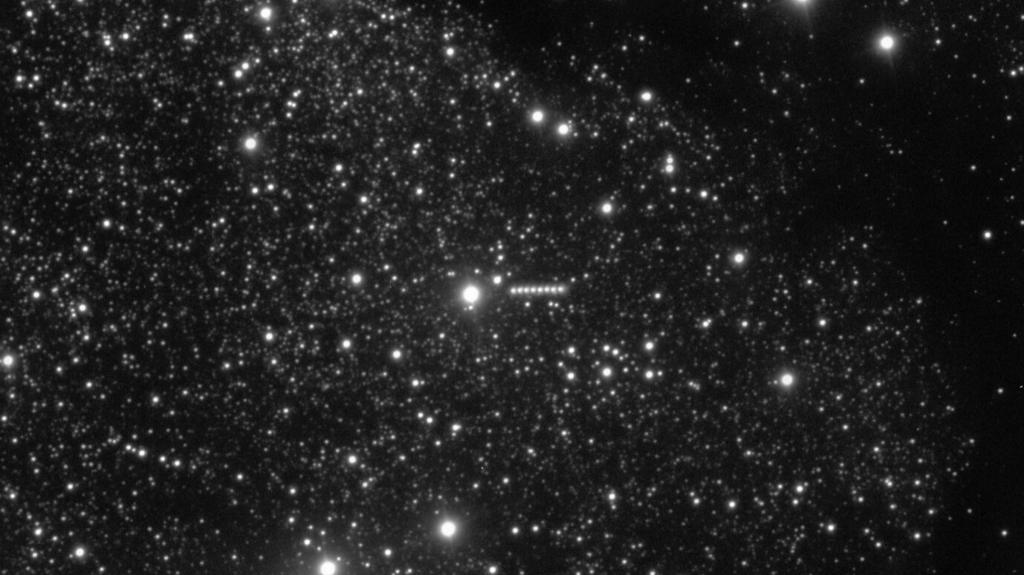An intriguing interstellar object, recently observed by astronomers, may be the oldest comet ever detected, according to scientific analysis.
Designated 3I/Atlas, the object could predate our solar system by as much as three billion years, researchers from the University of Oxford suggest.
This marks only the third instance of detecting an object originating from beyond our solar system.
The preliminary findings were presented at the UK’s Royal Astronomical Society national meeting in Durham on Friday.
“We’re all very excited by 3I/Atlas,” University of Oxford astronomer Matthew Hopkins stated to BBC News.
“I’ve just finished my PhD where I spent four years predicting the discovery of [more] interstellar objects, and then for the first time in my studies, we found one,” he said.
Based on its velocity, Mr. Hopkins posits that 3I/Atlas could be over seven billion years old, potentially making it the most remarkable interstellar visitor identified to date.
3I/Atlas was initially observed on July 1, 2025, by the Atlas survey telescope in Chile, at a distance of approximately 670 million kilometers from the Sun.
Currently, it is only visible through large telescopes and is located at roughly the same distance from Earth as Jupiter.
Since its discovery, astronomers worldwide have been working to determine its trajectory and gather more information.
Mr. Hopkins believes 3I/Atlas originated in the Milky Way’s “thick disk,” a region populated by ancient stars orbiting above and below the plane where the Sun and most stars are situated.
The overhead view of the Milky Way illustrates the object’s potential path around our galaxy, with the estimated orbits of 3I/Atlas shown in red and the Sun’s orbit in yellow.
Researchers theorize that 3I/Atlas, having likely formed around an old star, is largely composed of water ice.
As it approaches the Sun later this year, solar energy will heat its surface, leading to bursts of vapor and dust.
This process could result in the formation of a luminous tail.
The researchers’ findings are based on a model developed by Mr. Hopkins.
“This is an object from a part of the galaxy we’ve never seen up close before,” said Prof. Chris Lintott, co-author of the study.
“We think there’s a two-thirds chance this comet is older than the solar system, and that it’s been drifting through interstellar space ever since.”
Interstellar objects originate around other stars during their early stages, Mr. Hopkins explained.
“This connection back to their parent stars means that we can look at the stellar population of the Milky Way,” he added.
Later this year, 3I/Atlas is expected to be visible from Earth using amateur telescopes.
Prior to 3I/Atlas, only two interstellar objects had been observed: 1I/’Oumuamua in 2017 and 2I/Borisov in 2019.
Astronomers worldwide are preparing to utilize the Vera C. Rubin Observatory, a new and highly capable telescope in Chile.
Upon commencing full surveys of the southern night sky later this year, scientists anticipate the discovery of between five and 50 new interstellar objects.

